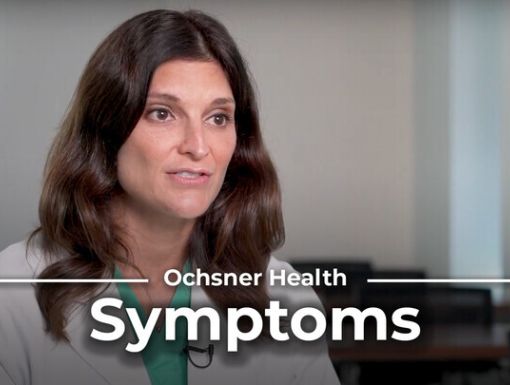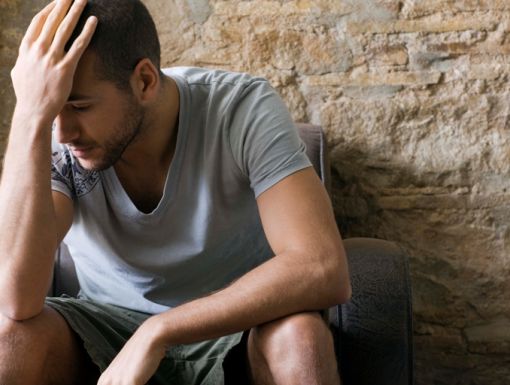
Why Do I Feel Sad?
Sadness is a normal response to disappointment, pain and loss. One of many human emotions, it is a temporary state that usually has a clear cause. Everyone experiences it at certain periods in their lives.
Like other emotions, sadness generally tends to fade naturally with time. If it doesn’t and you feel as though you’re drifting in an endless sea of murk for no apparent reason, clinical depression could be the cause.
Sadness and depression share similar traits but are not the same. Depression is a diagnosable mental health condition that is not universal. It lingers and can interfere with how a person thinks. Depression puts a sufferer in a persistent state of sadness, leaving behind a complete inability to experience pleasure. It also comes with an array of physical symptoms. Anyone who may think they are experiencing depression should seek help from their doctor or a mental health expert.
In simple terms, sadness comes and goes. Depression comes and stays.
A Recipe for Sadness
As the COVID-19 pandemic lingers into 2022, most of us can relate to the feelings of sadness brought on by its persistence. The virus has at times upended life as we know it. We’ve lost or been kept apart from loved ones and faced mountains of uncertainty. The cancellations of Mardi Gras, Jazz Fest and countless other events left so many of us feeling the pangs of the pandemic’s emotional long haul.
Combine other aspects of normal life that can cause temporary despair – job issues, family matters, political turmoil and the like – and many of us have found ourselves mired in a sludge of sadness. We may have had periods of emotional relief when virus cases have slacked, only to be revisited by sadness brought on by the next wave of infections.
Surveys have indicated a dramatic surge in the number of U.S. adults who report symptoms of stress, anxiety, lethargy, depression and insomnia during the pandemic, compared with surveys before it began. Many have increased their use of alcohol or drugs, hoping that can help them cope with their fears and sadness stemming from the pandemic – to no avail.
In these less than ordinary times, it’s important to remember that we all feel sad sometimes. This sour mood usually occurs in those times in life when the reality we encounter is less than our expectations. I think it’s safe to say we’ve all had our expectations dashed in one way or another over the past two years. And most of us have experienced bouts of sadness.
Combating Sadness
Sadness can weigh you down, casting your world in a gloomy, gray tint. However, there are effective ways to address and overcome unhappiness.
You can start by trying to maintain a positive outlook and realizing that sadness us usually fleeting. Surrounding yourself with a strong support network, eating healthy, exercising and establishing a regular sleep pattern can also help defeat sadness.
While it may sound counterintuitive, some studies indicate that a good cry can help. Crying can release endorphins and activate your parasympathetic nervous system, also known as your “rest and digest” system. It works to relax your body after an emergency has passed.
There’s also research that suggests smiling, even when you’re sad, can make you feel better. Or, as an often-repeated anonymous quote reasons, “Faking a smile is easier than explaining why you are sad.”
Need to talk to someone? Schedule a virtual or in-person behavioral health visit.



